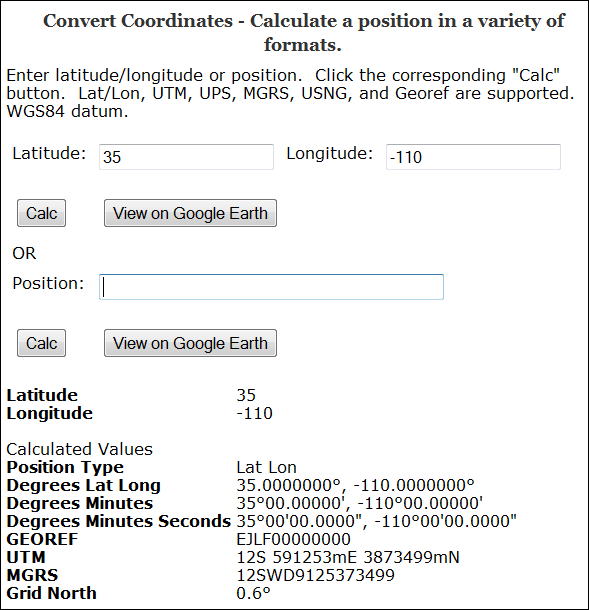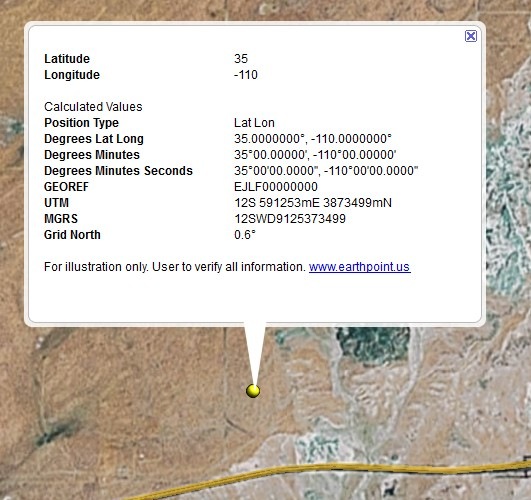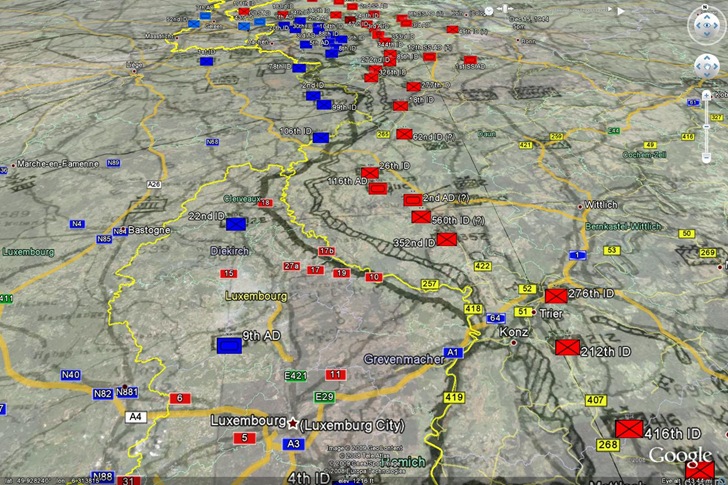I haven’t posted much about Apple-related geography tools on this blog, for two very good reasons:
1. I don’t own any Apple hardware (Mac, iPhone or iTouch)
2. There’s a lot less geographically-oriented software available for the Mac than there is for Windows, or even Linux
But Stefan Geens, who runs the Ogle Earth blog, does have a Mac and and iPhone, and posts regularly on geographic applications for those platforms, usually Google Earth related. And he’s just put up several posts (one, two, three) on how he used these tools along with Google Earth to document a trip in Egypt to visit a number of archaeological sites. The series is very much worth a look, even if you don’t use Apple products:
– The trip itself, and the locations documented, are incredibly interesting, especially if you’re into Egyptian archaeology. In particular, the cubic panoramas embedded in the file, using 360cities.net, are jaw-droppingly spectacular. Stefan documents his panorama-creation process here.
– A number of the tools used are online-based, so they’re not tied to Apple platforms and can be used by anyone
– Valery Hronusov posted a few days ago on his blog about using the DropBox service (free for up to 2 GB of data) to sync a KMZ file on your desktop to your DropBox account, and then create a publicly-accessible URL link to this file that anyone can access. Stefan created such a link to his Egyptian travelogue, demonstrating how you can now have an Internet-accessible KMZ link that updates automatically whenever you change the matching file on your desktop; no FTP or other file upload process required. KMZ is a better choice than KML for most cases, since it compresses the file and also incorporates all of the supporting materials (like photographs).
– Stefan also uses the caching capability of Google Earth on the iPhone, storing GE data for the locations he was going to visit using a WiFi link for use when he couldn’t get a good connection, or when it would have been expensive to do so. This is a good technique to use with Windows laptops as well, if you’d like to use Google Earth in a location where an Internet connection is either unavailable or expensive. I’ve been meaning to do short series on this for a while, and this is as good a prompt as any, so the rest of this week’s posts will be on using Google Earth’s caching capability on a Windows system.


